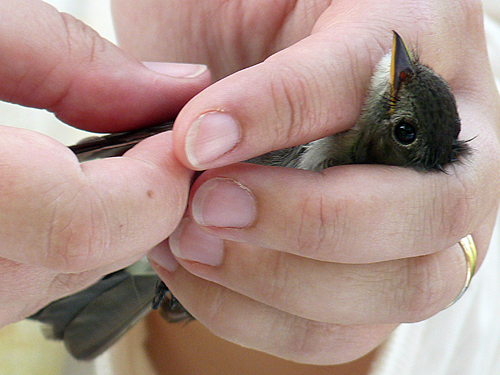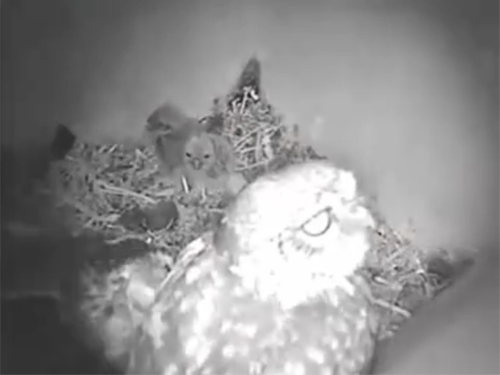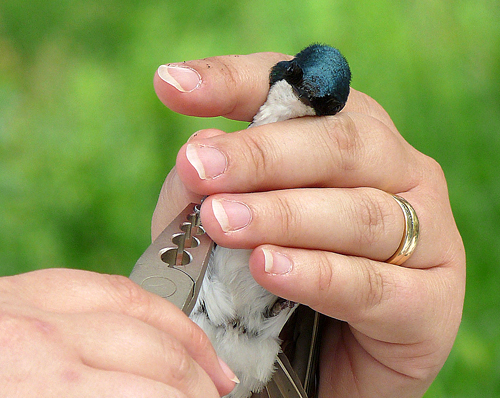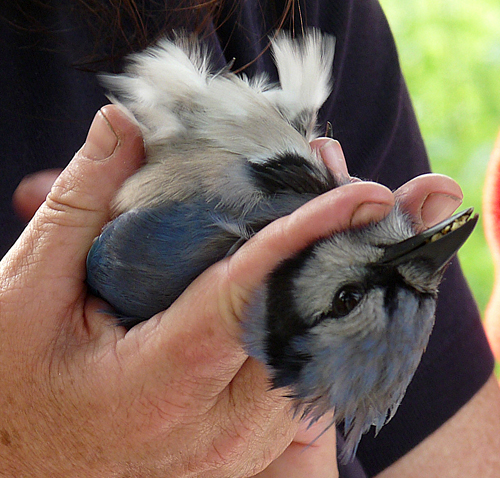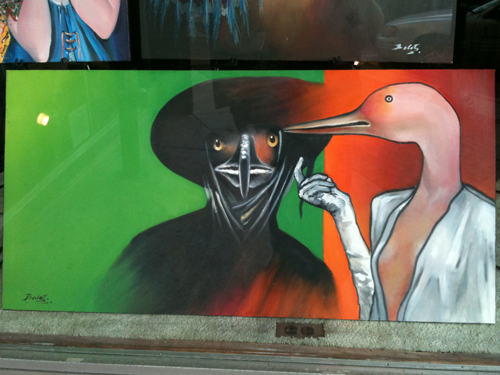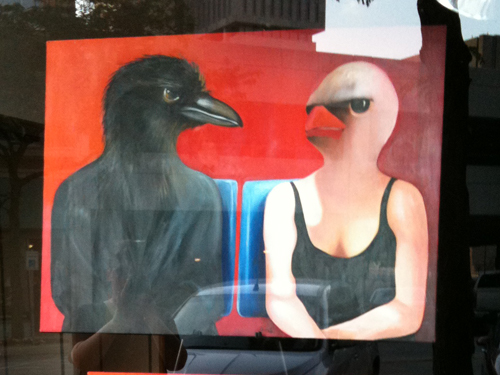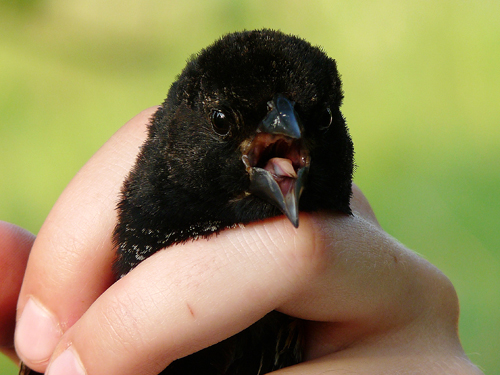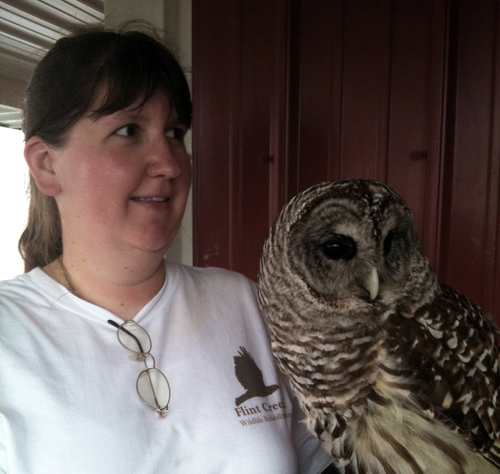Extreme Raptor Handling
Today I’ll be volunteering for the second time at Flint Creek’s Itasca facility. Last Tuesday was my first time (an earlier scheduled date got nixed at the last moment) working on maintenance and handling as a volunteer. Unfortunately it was just not my day and I ended up with a few ‘war wounds’ from the birds. All scratches are healed up nicely by now, but last week’s less-than-perfect experience has been on my mind.
Yesterday, a friend on Facebook shared a neat BBC video of Harpy Eagles in Venezuela. I wondered if Harpy Eagles, the largest and most powerful raptors found in the Americas, are ever used as education birds. On Flickr I found my answer.

Harpy Eagle I by jitze, Creative Commons on Flickr
I started wondering about other large raptors used in education programs. Flickr to the rescue:

The Eagle Owl [one of the largest owl species] Has Landed! by me’nthedogs, Creative Commons on Flickr

ye olde andean condor [largest wingspan of all flighted birds] by poetrosakranse, Creative Commons on Flickr
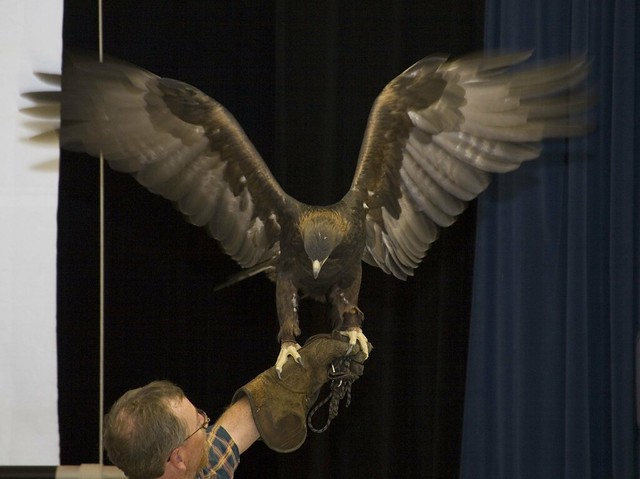
Brian Latta and Female Golden Eagle Lola brian-latta-golden-eagle-lola-20 by mikebaird, Creative Commons on Flickr

I need a bigger glove : Steller’s Sea Eagle [the world’s heaviest eagle] by Paul Stevenson, Creative Commons on Flickr

Verreux Eagle Owl [aka Giant Eagle Owl; Africa’s largest owl] by ahisgett, on Flickr

Great Gray Owl [one of the largest owl species] Strix nebulosa by sanbeiji, Creative Commons on Flickr

Wedge Tailed Eagle [one of the world’s largest raptor species] by wesley chau, Creative Commons on Flickr
And here is someone with a Martial Eagle on the glove: Martial Eagle [Africa’s largest eagle].
Whoa, right? I need to remember that I’m still very new at this raptor handling business. I want to get to know the birds better, and meet new birds, and increase my handling skills — but patience is key. Maybe someday (far in the future!) I’ll be able to work with birds like these. First, at least one day without losing any blood with Flint Creek’s regulars. 🙂

